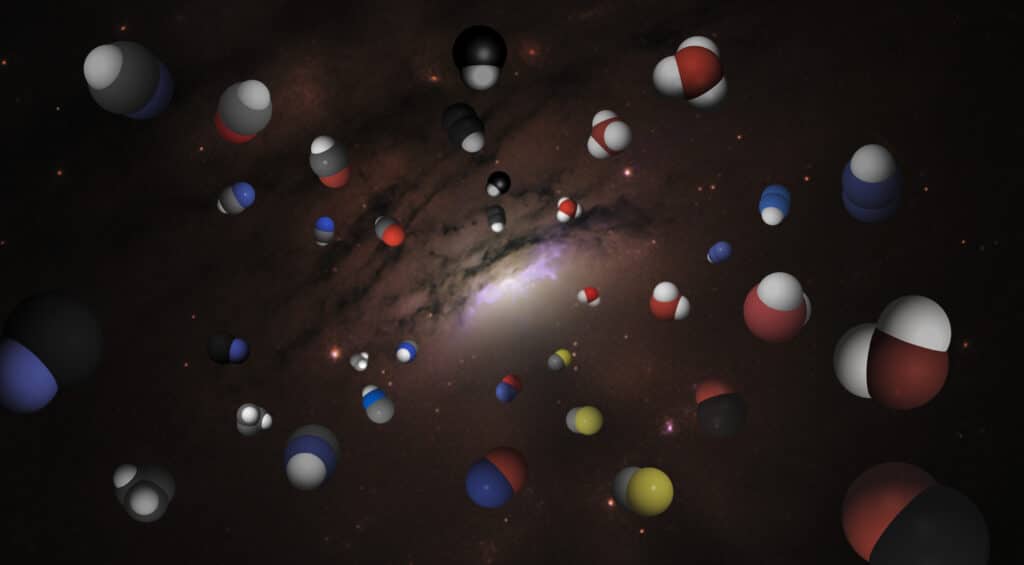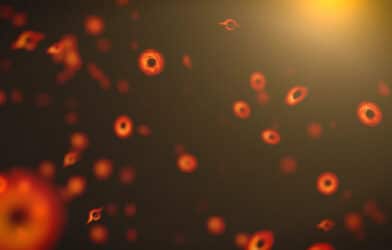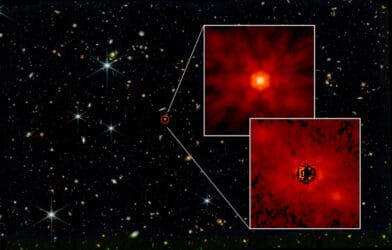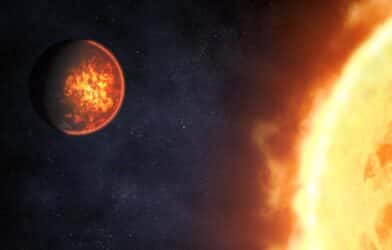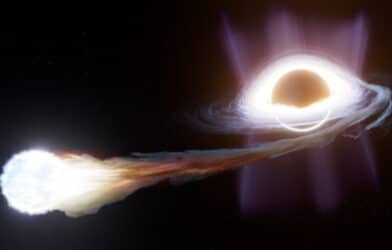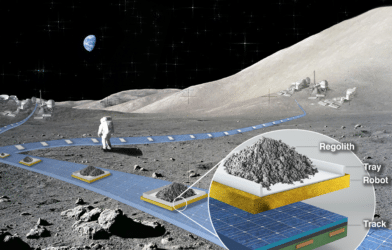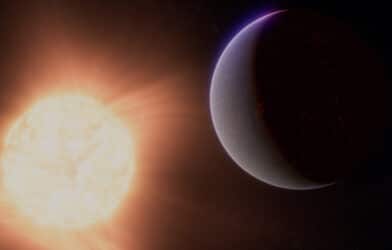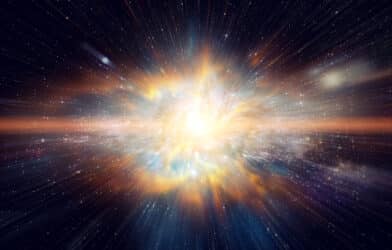Peering back nearly 13 billion years, a team of astronomers led by Chalmers University of Technology are sharing a fascinating discovery in the depths of space. Their research into two distant galaxies, using the powerful NOEMA telescopes, reveals a vibrant era of the universe where galaxies were bustling hubs of star production, operating at a scale and speed unimaginable in the current cosmos.
The study marks a significant milestone in understanding the early universe’s galactic landscapes
Early Universe: A Different Picture
The universe’s nascent phase starkly contrasted the tranquil spirals seen today. Galaxies then were productive star factories, churning out new stars at rates hundreds of times faster than the modern universe. Researchers say these galaxies were “full of gently-shining suns and colorful gas clouds,” but the secrets of these galaxies remained veiled behind dense dust layers.
Using the NOEMA telescopes, the team, led by astronomer Chentao Yang, split the galaxies’ light into individual colors. “We knew these galaxies were prodigious star factories, perhaps amongst the biggest the universe has ever seen,” Yang says in a statement. “To be able to find out how they work, we measured their light at wavelengths around one millimeter, hoping to collect new clues,”
A Kaleidoscope of Molecular Clues
The findings were extraordinary. The team discovered a variety of molecules in the light from these galaxies, more than ever observed at such vast distances. This light, spanning various wavelengths, originates in gas and dust clouds where new stars form. “It’s an amazing explosion of color, in shades that the human eye can’t see,” explains Sergio Martín, an astronomer at ESO and Joint ALMA Observatory and a member of the research team.
Each identified molecule, including several previously unseen at such distances, provides insights into the galaxies’ temperature, pressure, density, and the interaction of starlight, radiation, and matter.
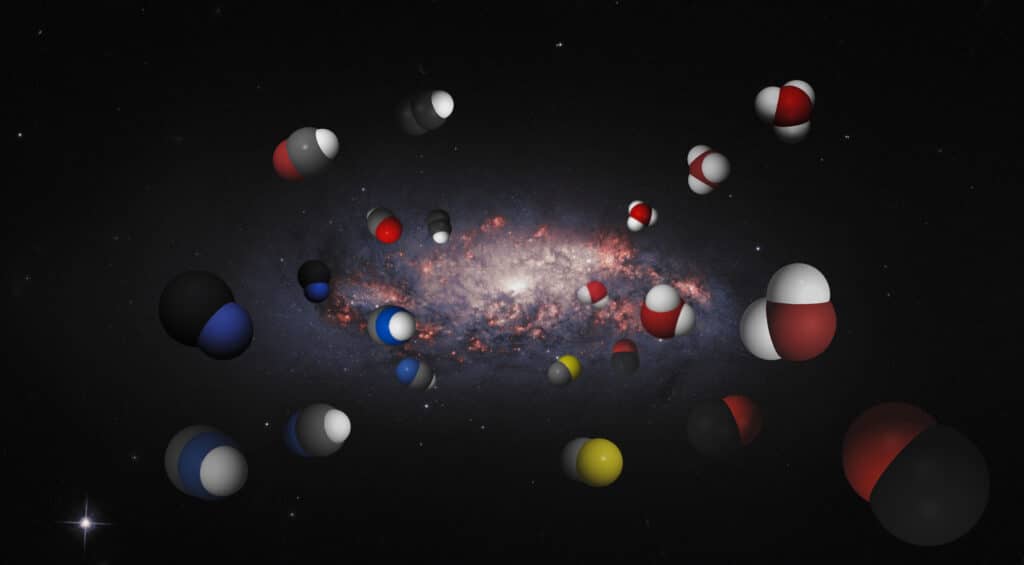
The study faced challenges, particularly in interpreting signals from a part of the electromagnetic spectrum difficult to observe in nearby galaxies. “But thanks to the universe’s expansion, the light from distant galaxies like these is shifted to longer wavelengths that we can see with radio telescopes observing in the sub-millimeter,” Yang adds.
The two studied galaxies, almost 13 billion light-years away, offer a view more akin to a neon-lit city than a night under the stars, as described by Susanne Aalto, a Chalmers astronomer on the team. Unlike our galaxy’s star factories, these distant ones are dust-filled, brightly lit, and fundamentally different.
The Future of Galactic Exploration
Looking ahead, the team plans to explore more such galaxies using NOEMA and ALMA telescopes. “The most remarkable galaxies in the early universe are finally able to tell their stories through their molecules,” says Pierre Cox, an astronomer at CNRS and Sorbonne Université.
The study identified molecules like carbon monoxide, hydrogen cyanide, water, and several that were never seen before at such distances. These discoveries, coupled with the understanding that the galaxies’ light has been traveling towards us for nearly 13 billion years, open a new window into the universe’s formative years.
The research is published in the journal Astronomy & Astrophysics.
